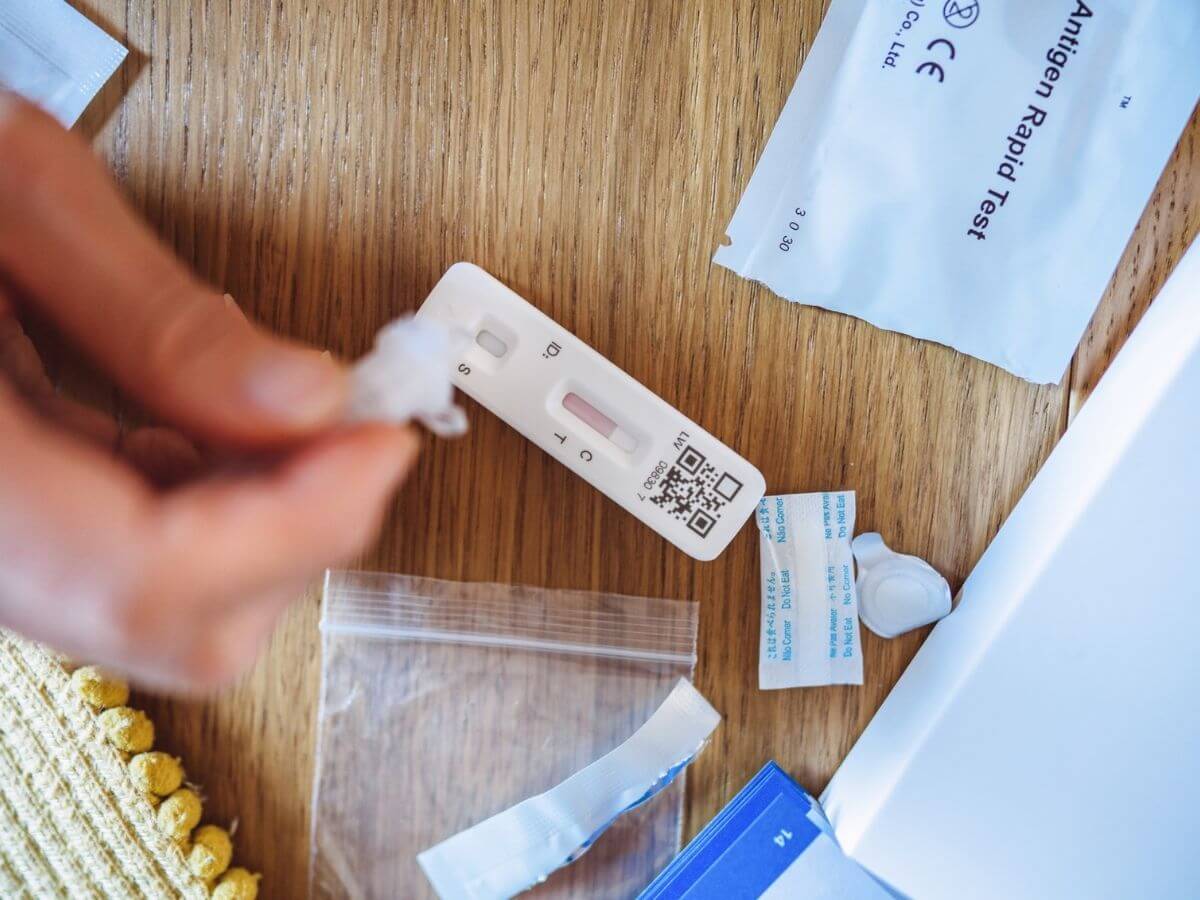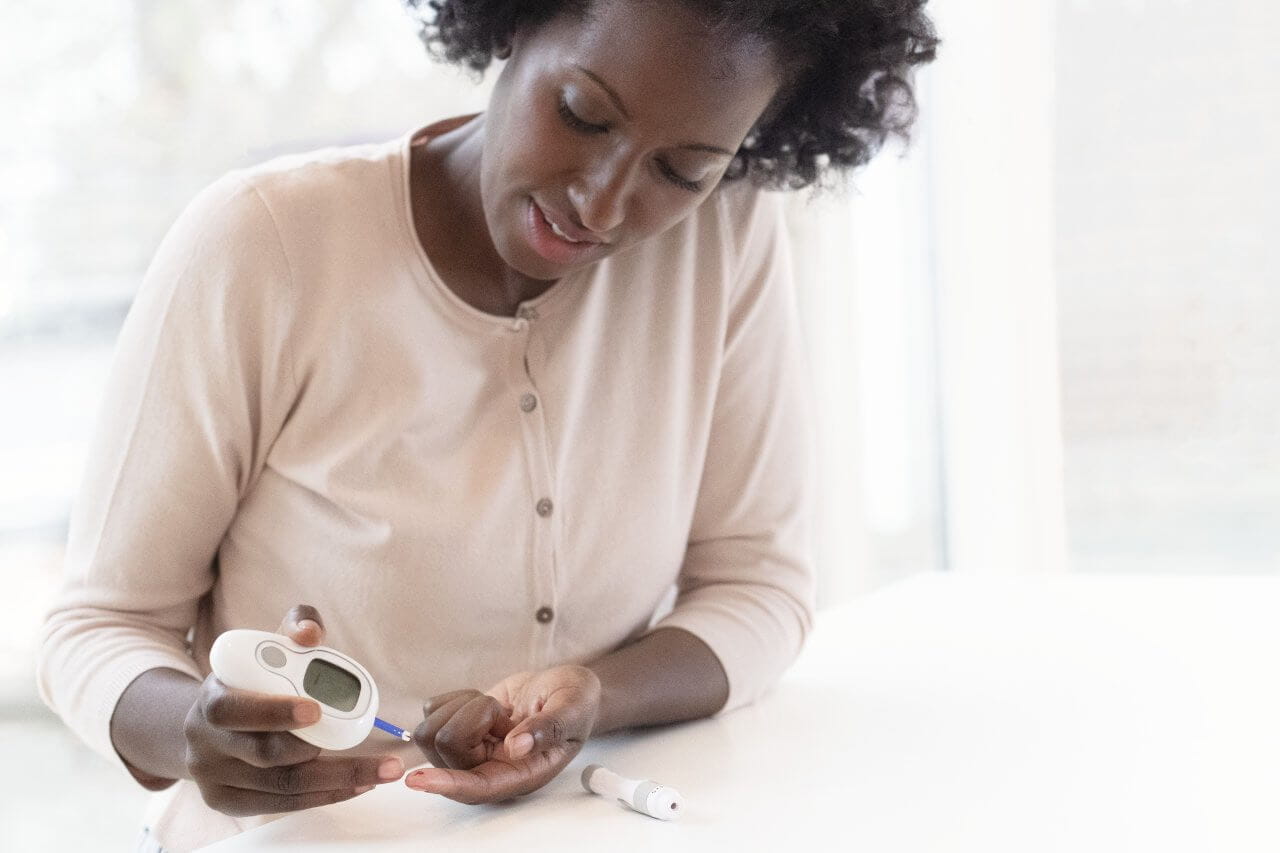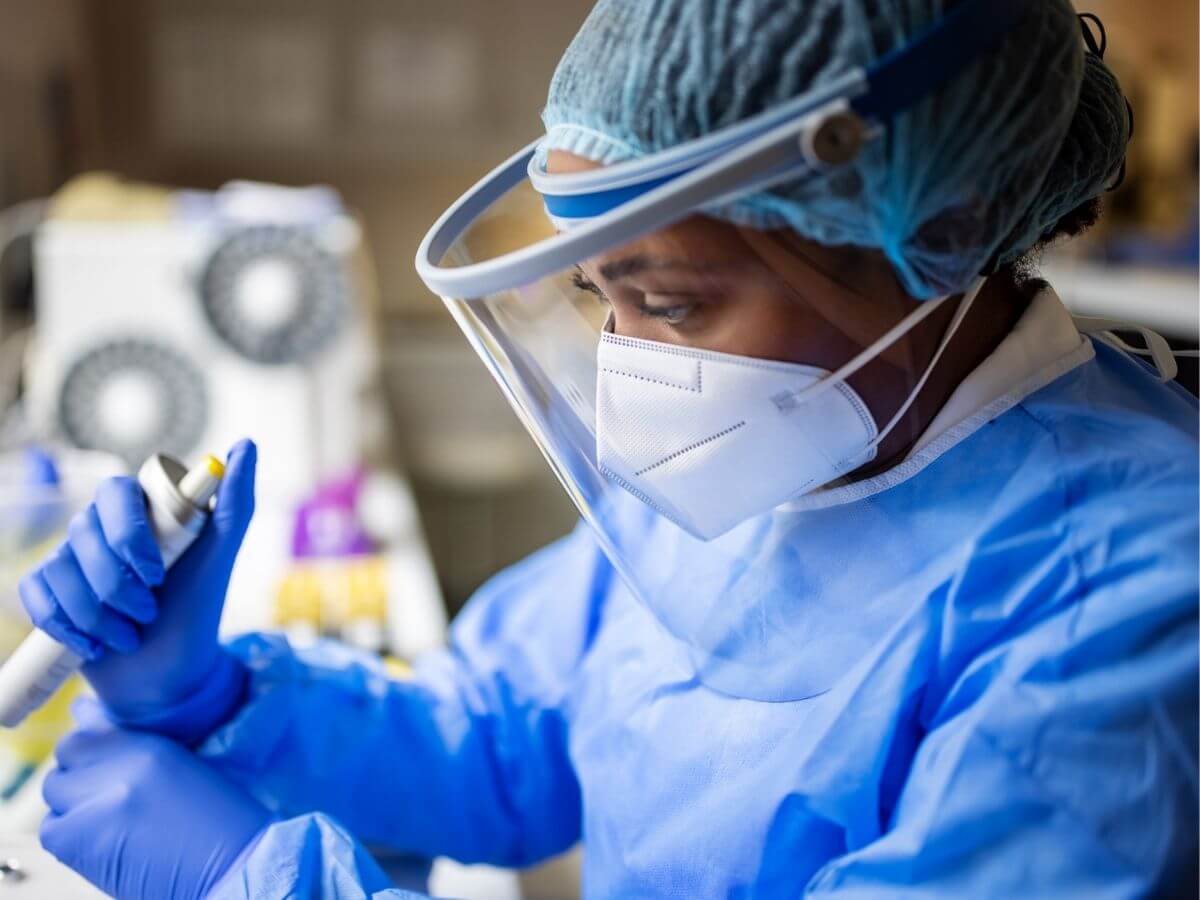What to Do When an At-Home COVID-19 Test Is Positive

If you’ve been directly exposed to COVID-19, have symptoms of the illness, or are planning to go to an indoor gathering or event, taking an at-home test is a good idea. It can help you determine if you have COVID-19 in the comfort of your home and without potentially exposing others to the virus.
If you test positive, you should take steps to protect yourself, your family, and your community.
Getting an At-Home COVID-19 Test
Getting tested for COVID-19 is easier now than ever before. You can order a free at-home test by visiting www.covidtests.gov. You can place your order in only a few minutes by providing your name and address. No detailed information is needed.
You can also buy tests online and at retail stores and pharmacies. Private health insurance may reimburse the cost of buying tests. Contact your insurance company for details.
You Tested Positive for COVID-19 — Now What?
If your at-home COVID-19 test returns a positive result, that means it detected the virus, and you have an infection. The Centers for Disease Control and Prevention (CDC) advises that you should then:
- Stay home for at least five days.
- Isolate from others in your home by staying in another room or area.
- Wear a well-fitted mask (ideally an N95 or KN95 respirator) if you must be around others.
- Tell your close contacts that you’ve tested positive.
- Watch for COVID-19 symptoms. They can include fever, chills, cough, sore throat, runny nose, congestion, shortness of breath, fatigue, loss of taste or smell, muscle or body aches, nausea, vomiting, and diarrhea.
- Tell your healthcare provider that you’ve tested positive. This information is vital since it helps public health officials track and respond to COVID-19 outbreaks.
- Contact your healthcare provider again if your symptoms worsen, especially if you’re an older adult or have an underlying condition that increases your risk of severe illness.
- Get emergency medical attention if you have warning signs of severe illness. They include that you find it hard to breathe, develop persistent pain or pressure in your chest, experience confusion, find it difficult to wake or stay awake, or observe pale, gray, or bluish lips, nail beds, or skin tone.
Getting Vaccinated is the Best Protection
Getting the COVID-19 vaccine is the best way to prevent COVID-19 infection and end the pandemic. The vaccine cannot give you COVID-19, but it can help protect you from serious illness. Learn more about the COVID-19 vaccine and make a first, third, or booster vaccination appointment at a location near you.
What Your Family and Friends Should Do If You Test Positive
If you test positive for COVID-19, your close contacts should get tested, monitor themselves for signs of the illness, and wear a mask. People who are fully vaccinated don’t need to quarantine, but they should be tested within five to seven days and wear a mask in public until they have a negative test result.
What to Do if Your At-Home COVID-19 Test Is Negative
A negative at-home COVID-19 test doesn’t guarantee that you don’t have the virus. It means that the test didn’t detect it.
It’s a good idea to test yourself again in 24 to 48 hours. If you get a second negative test result, you can have increased confidence that you don’t have the virus.
Schedule Your COVID-19 Vaccine
Communities worldwide have made progress toward ending the pandemic, but it’s not over yet. If you aren’t fully vaccinated and boosted, you should schedule an appointment to get the shots you need. Being immunized protects you and everyone around you.
Next Steps and Useful Resources
Schedule a Vaccine Appointment
Get Evaluated for COVID-19 Online
Are Dry Nasal Passages a Symptom of COVID-19?
How to Exercise Safely During Another COVID-19 Winter



